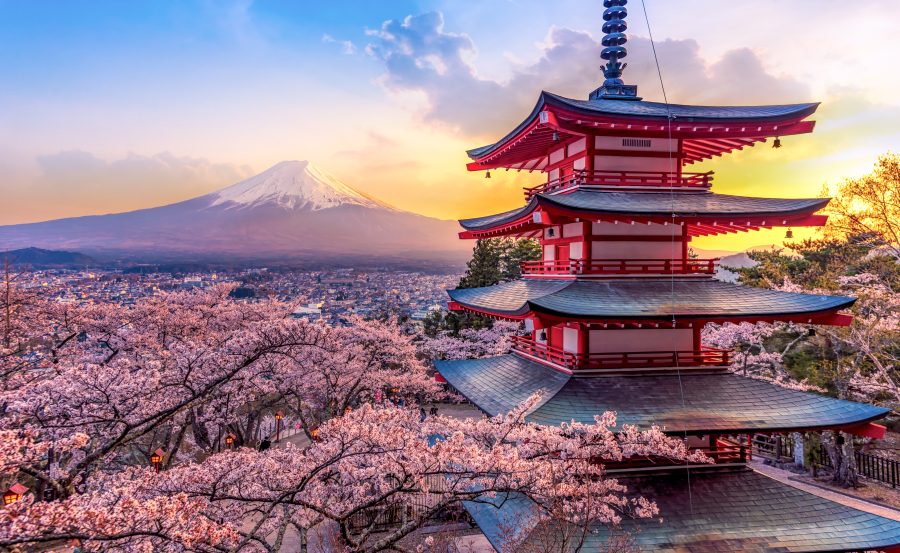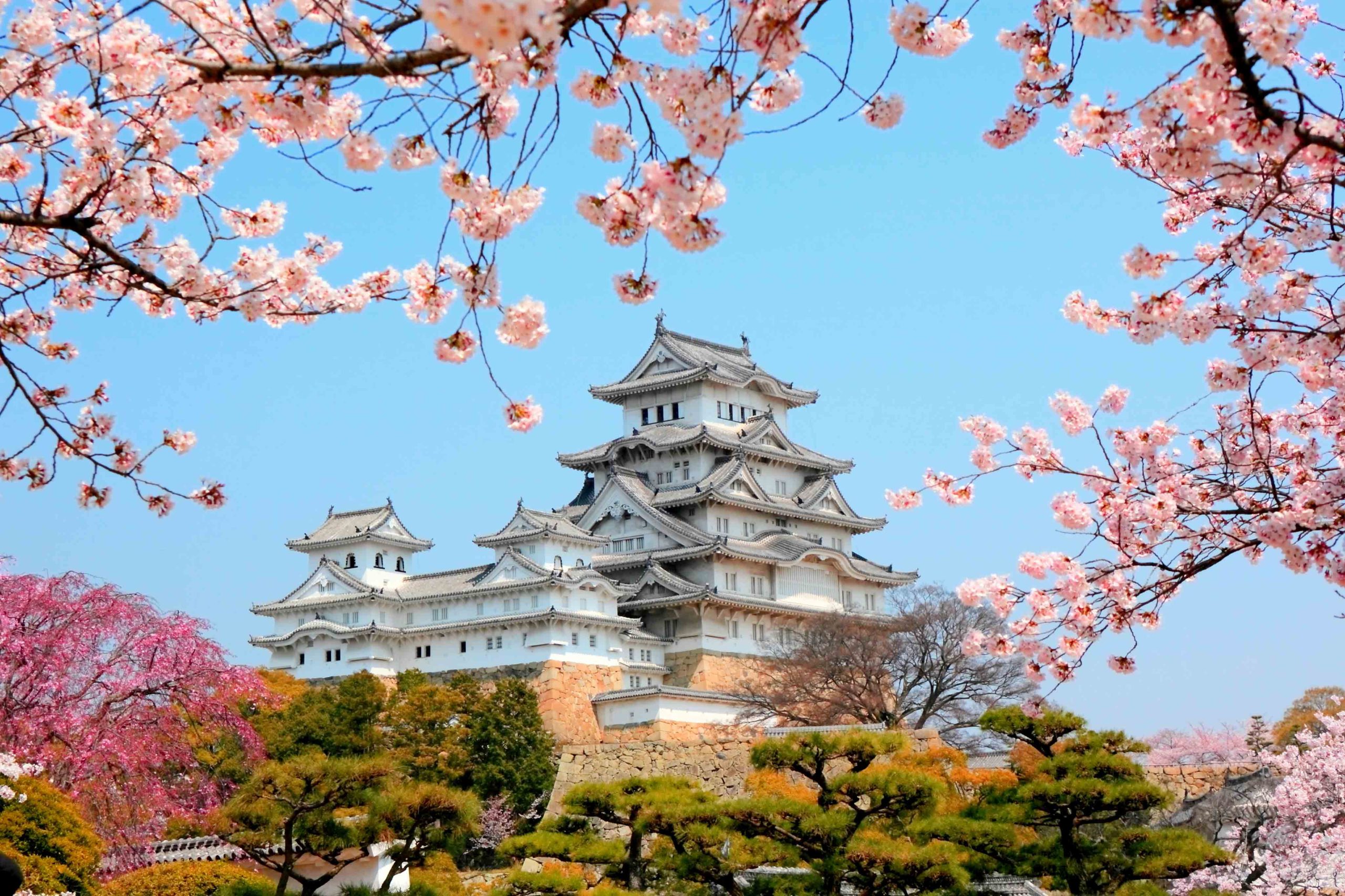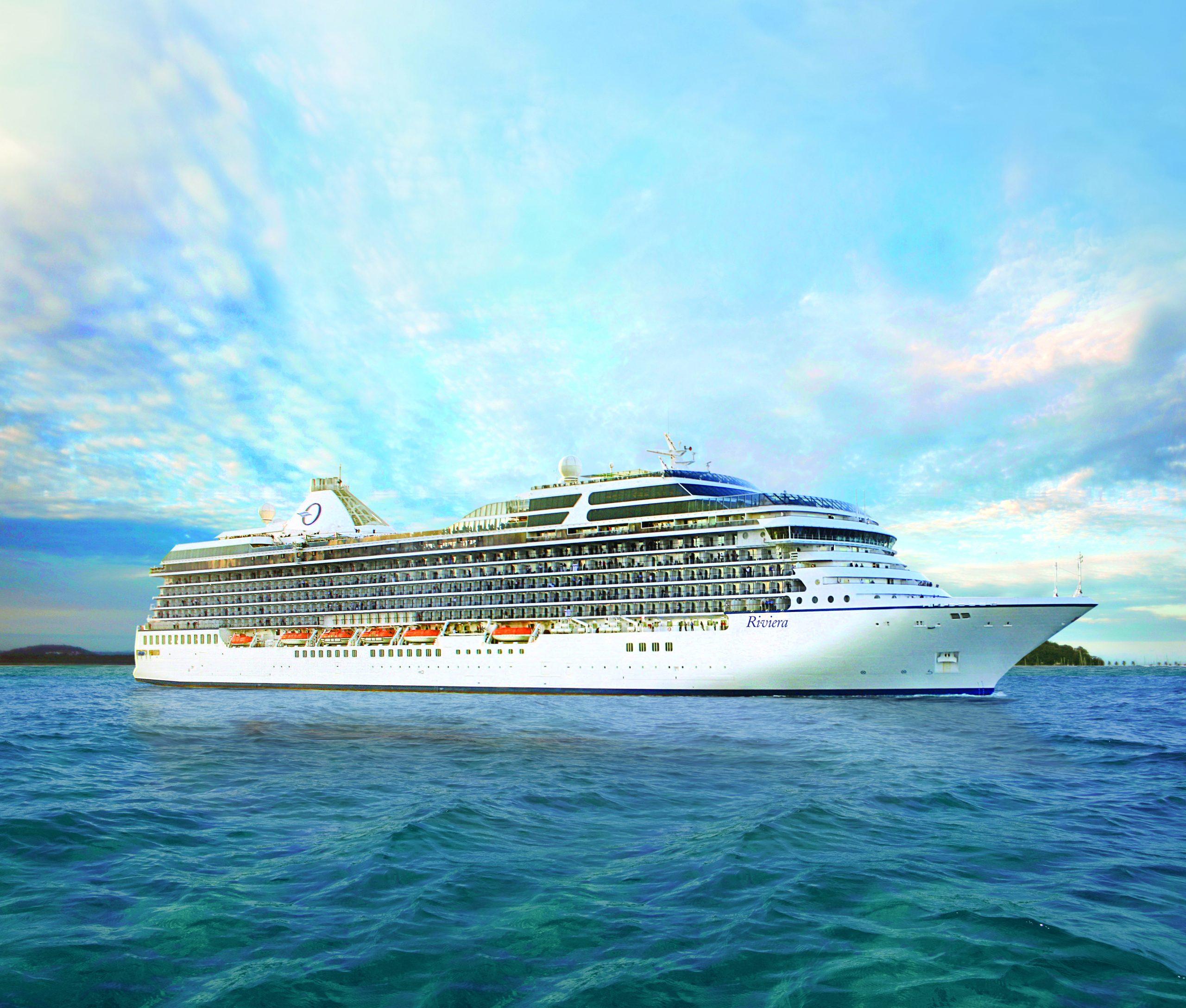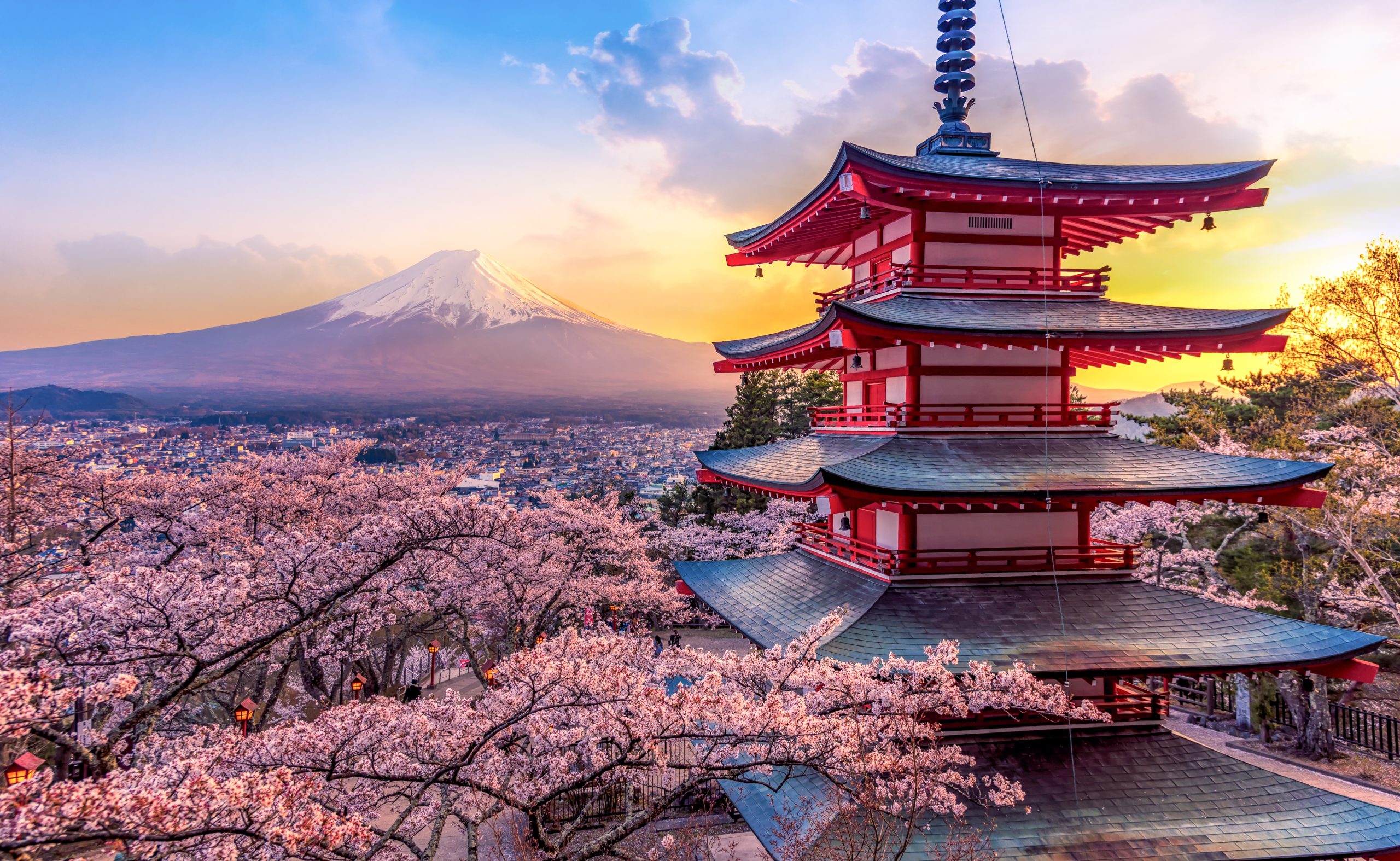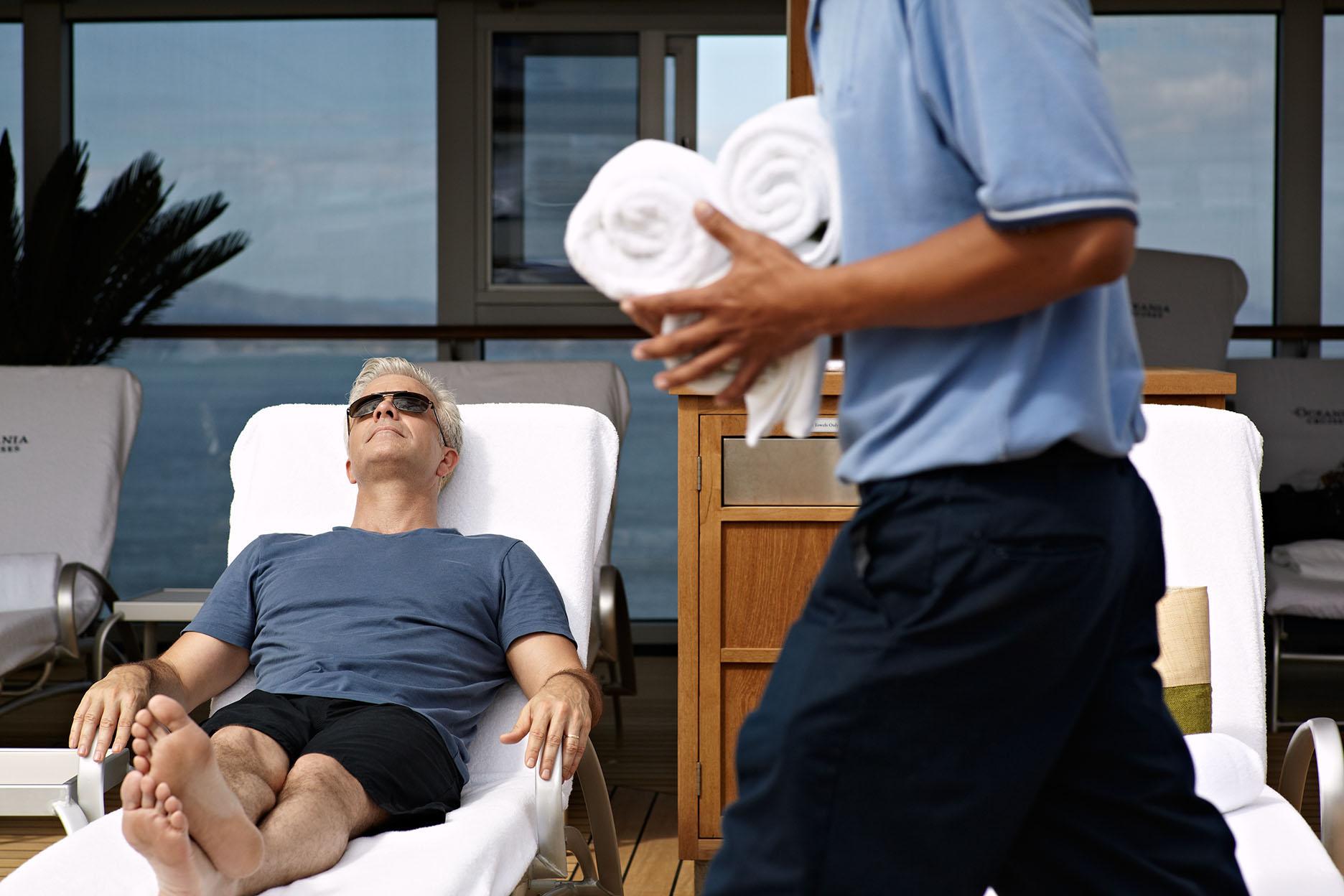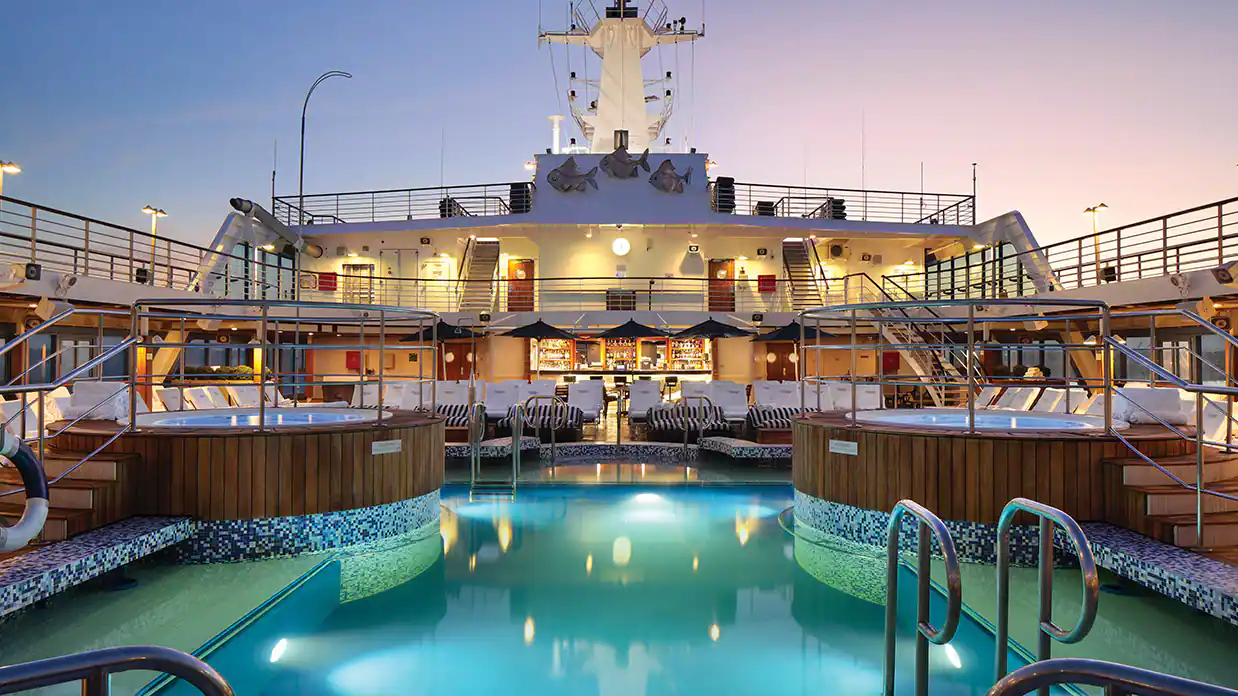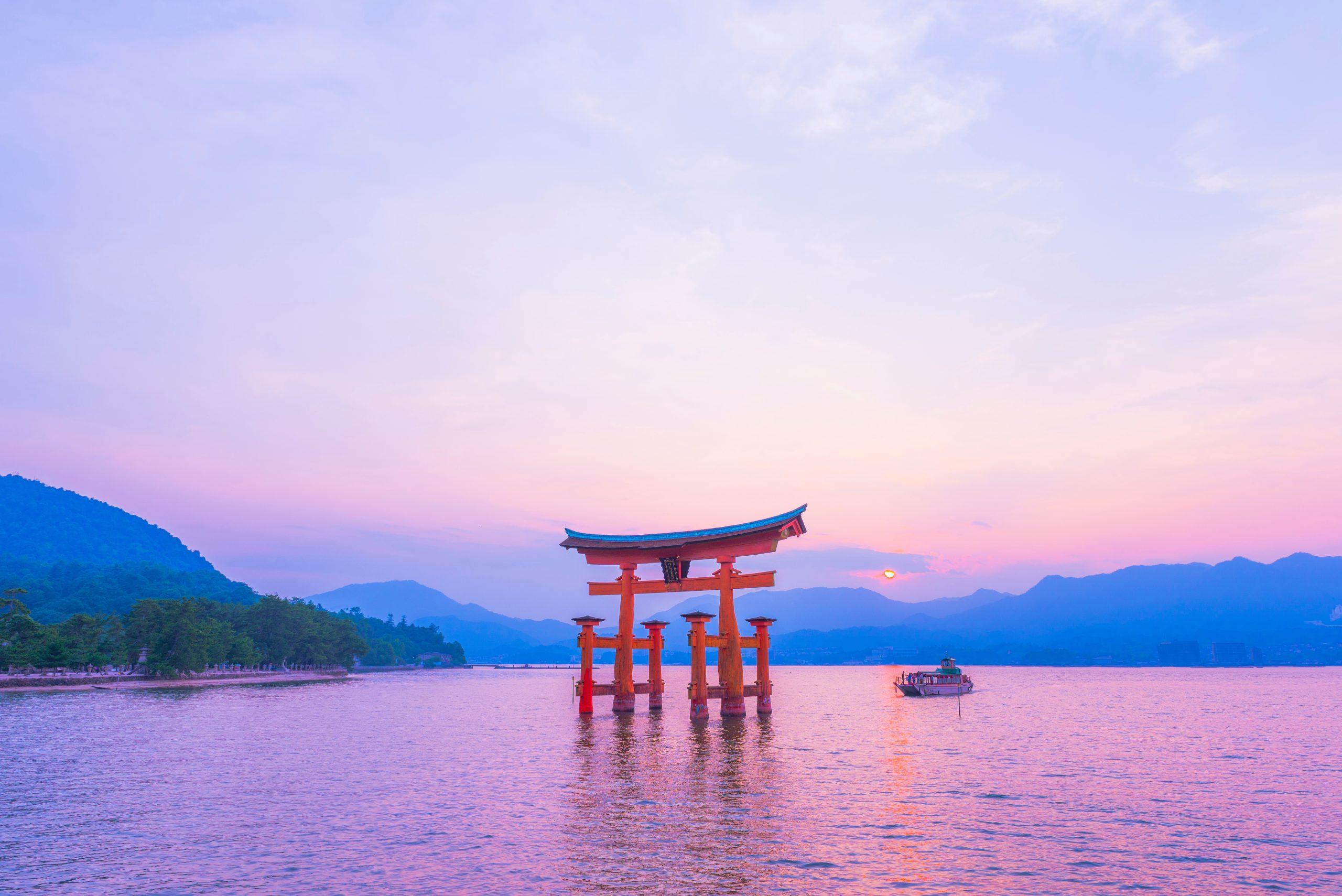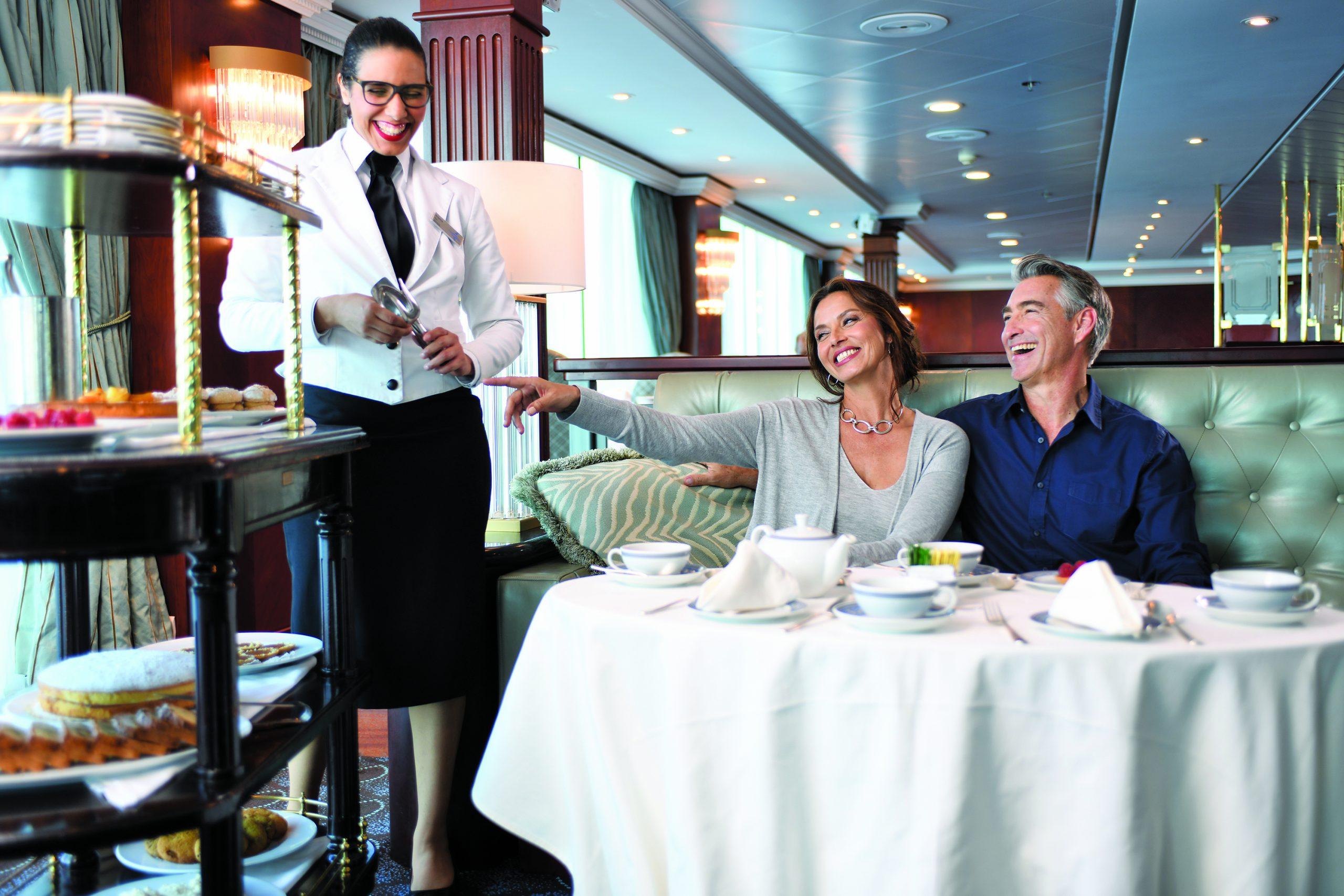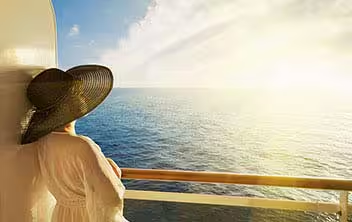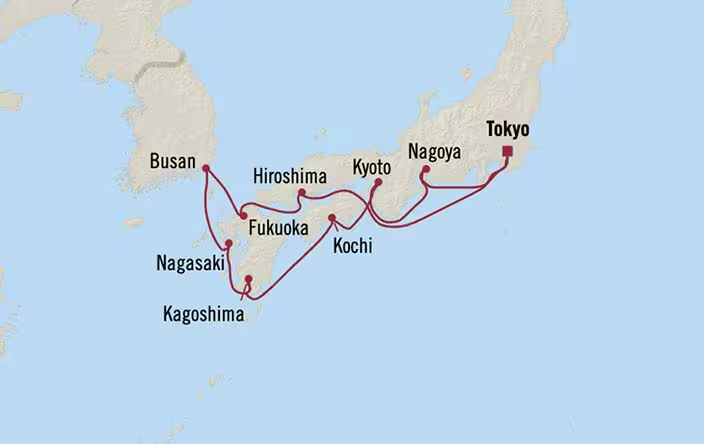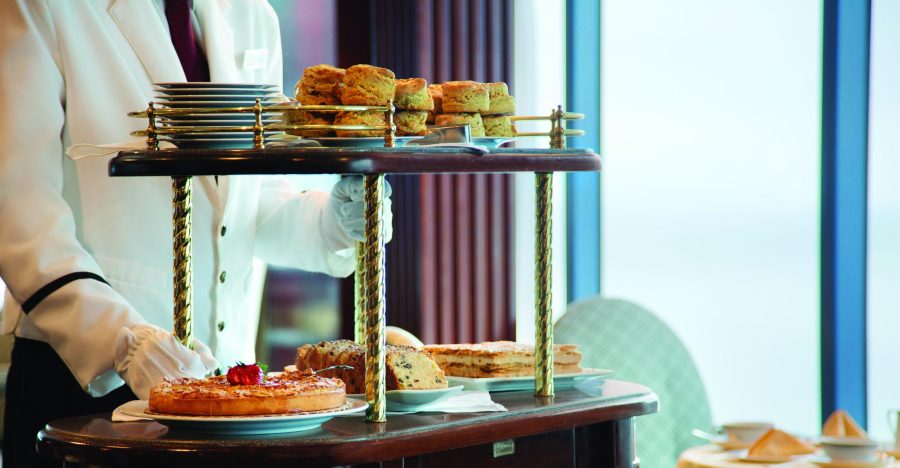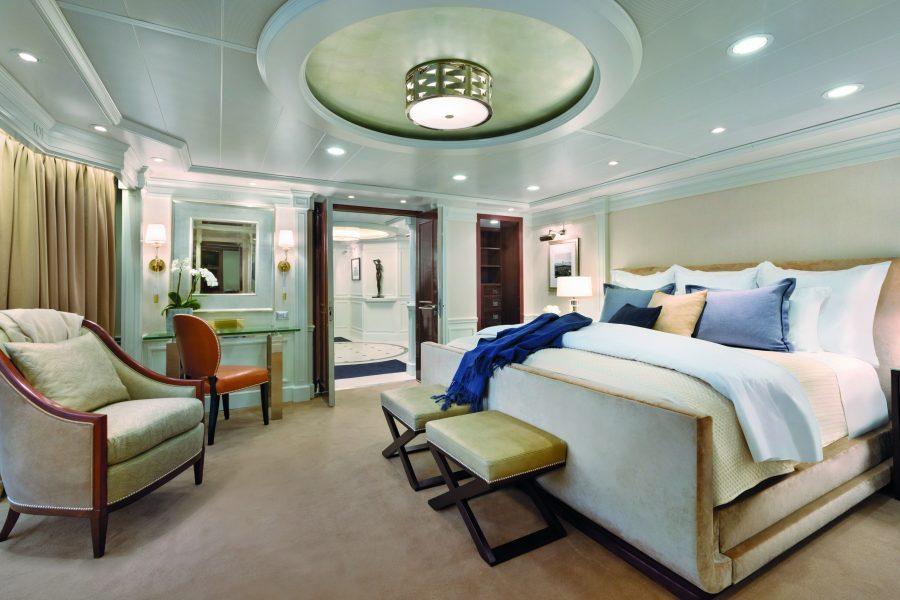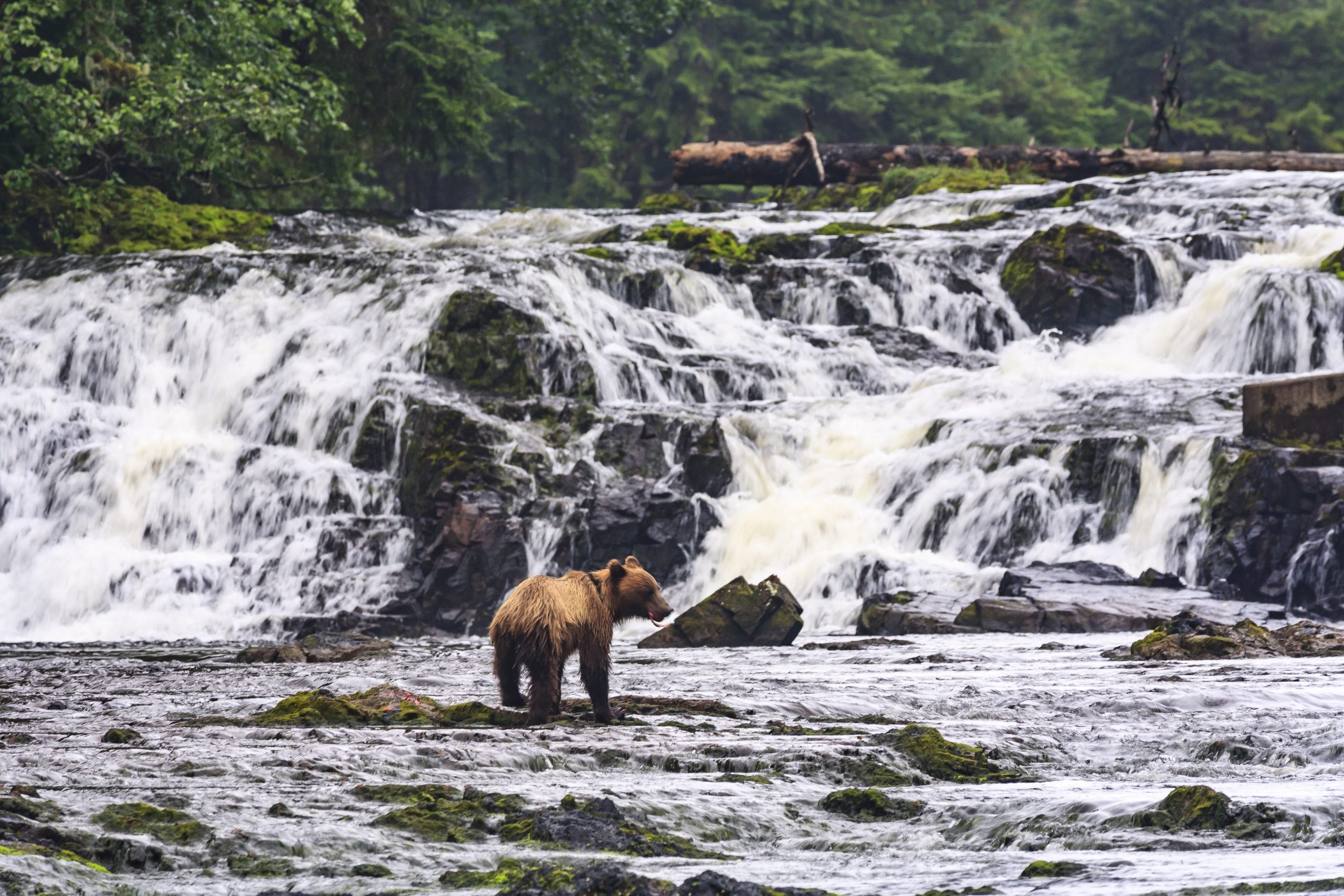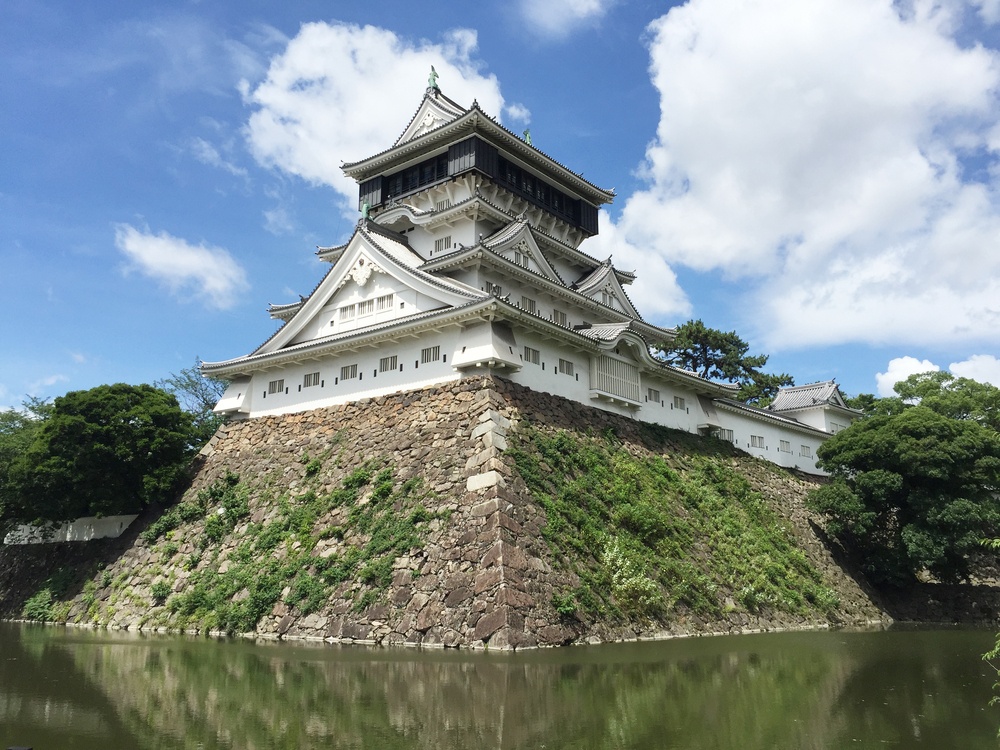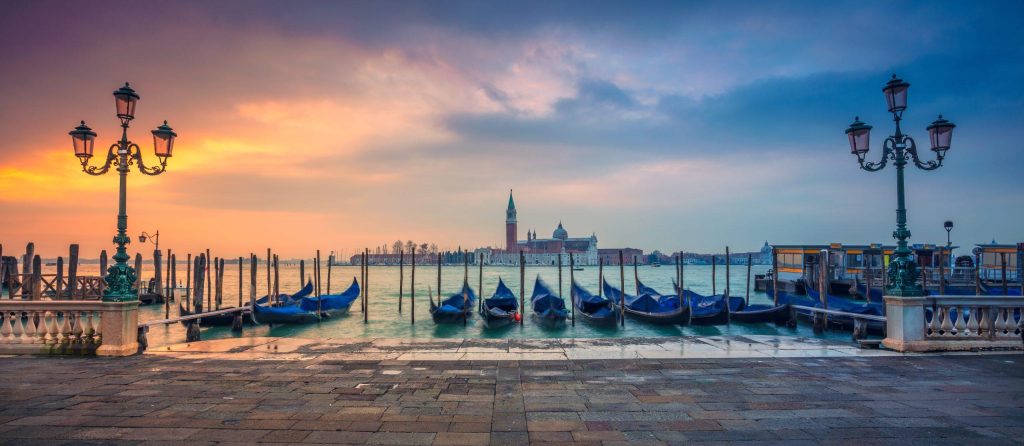DAY 1 – TOKYO, JAPAN
Dazzling cityscapes await your exploration; visit Asakusa for the bright lights, street fairs and Senso-ji Temple; the Tsukiji Market, the largest open-air fish market in the world with on-the-spot sushi; and the Imperial Palace’s East Garden for some calm. Spend the evening in the bright, active Ginza District, where the night comes alive.
DAY 2 – NAGOYA, JAPAN
A center of modern commerce, yet steeped in ancient history; visit the castle in the center of town, its golden orca statues are a symbol of the city. Explore Toyota’s Museum of Technology and tour the Noritake factory, where bargains on the fine china can be found.
DAY 3 – KYOTO (KOBE), JAPAN
Visit the breathtaking temples and shrines of Japan’s old imperial capital, Kyoto, or explore ancient Nara, the cradle of Japanese arts, literature and crafts, with its magnificent shrines and temples that predate Kyoto’s. Stroll through Nara Park, famed for its deer and impressive Kasuga Grand Shrine. Then travel on to Osaka and its famed castle. In Kobe, visit historic Himeji Castle, a huge edifice built entirely of wood and tile.
DAY 4 – KOCHI, JAPAN
Not the typical Japanese city, small and compact Kochi has gained a well-deserved reputation for its exuberant, easy-going spirit and vibrant food scene. The city is the birthplace of the legendary samurai Sakamoto Ryoma, who created an alliance that eventually brought down the Tokugawa shogunate and is now commemorated in a memorial museum. In the city center, don’t miss the well-preserved hilltop Kochi Castle to explore the grounds where the city was established in 1601. You might continue your downtown explorations at one of the many pedestrian shopping arcades or at a restaurant to try Kochi’s most famous dish – katsuo-no-tataki, a savory dish of grilled, ponzu-marinated skipjack tuna or bonito fish.
DAY 5 – KAGOSHIMA, JAPAN
Visit the exquisite Iso-Teien Garden and its villa, built in 1660, and enjoy its gorgeous views before a short ferry ride to smoking Sakurajima for a close-up view of the volcano and its lava fields. Or journey into the countryside to Chiran and its well-preserved streets lined with samurai homes. Enjoy the beautiful landscape of Lake Ikeda and the stunning vistas of the Satsuma Peninsula.
DAY 6 – NAGASAKI, JAPAN
Discover remnants of old Nagasaki beside the modern city. Visit the Peace Park and Atomic Bomb Museum. Or travel to Arita, home of magnificent Japanese ceramics, and tour famous Kakiemon Kiln, which continues a 400-year-old tradition. Experience feudal Japan and the natural wonders of Shimabara Peninsula with its volcanoes and hot springs.
DAY 7 – BUSAN, SOUTH KOREA
From trendy cafes and famous fish markets to sacred temples and traditional tea ceremonies, Busan, the second largest city in South Korea is bursting with flavors and culture. Take a walk in the relaxing Yongdusan Park while admiring the various species of trees and a view of the Busan Tower. At the Hongbeopsa farming temple, explore the renowned large Buddha statues at the Main Buddha Hall while walking along a water lily path, or experience a traditional Korean tea ceremony conducted by one of their monks.
DAY 8 – FUKUOKA (HAKATA), JAPAN
As Japan’s sixth largest city, Fukuoka offers diversions for every type of traveler – ancient temples, bustling shopping centers, beautiful beaches, notable art galleries and some of the most renowned food in Japan. The city’s famous open-air food stalls, known as Yatai, serve their signature ramen in a variety of forms. History connoisseurs will delight in Shofukuji, Japan’s first Zen temple, founded in 1195. You can also get a glimpse into the past at The Maizuru Castle, with its almost 500-year-old remnants. Across the bay, Uminonakamichi Seaside Park is an expansive and inviting marine destination with a zoo, gardens, beaches and a large aquarium.
DAY 9 – HIROSHIMA, JAPAN
Visit the skeletal A-Bomb Dome, the Peace Memorial Park and Museum and the statue dedicated to the children who died after the atomic bomb was dropped on this city in 1945. Stroll through beautifully landscaped Hiroshima Gardens, visit the rebuilt Hiroshima Castle or journey to the exquisite sacred island of Miyajima and see the extraordinary Itsukushima Shrine.
DAY 10 – DAY AT SEA
Enjoy the delights on Oceania Nautica whether it be one of the many dining venues, or the day spa.
DAY 11 – TOKYO, JAPAN
Dazzling cityscapes await your exploration; visit Asakusa for the bright lights, street fairs and Senso-ji Temple; the Tsukiji Market, the largest open-air fish market in the world with on-the-spot sushi; and the Imperial Palace’s East Garden for some calm. Spend the evening in the bright, active Ginza District, where the night comes alive.
